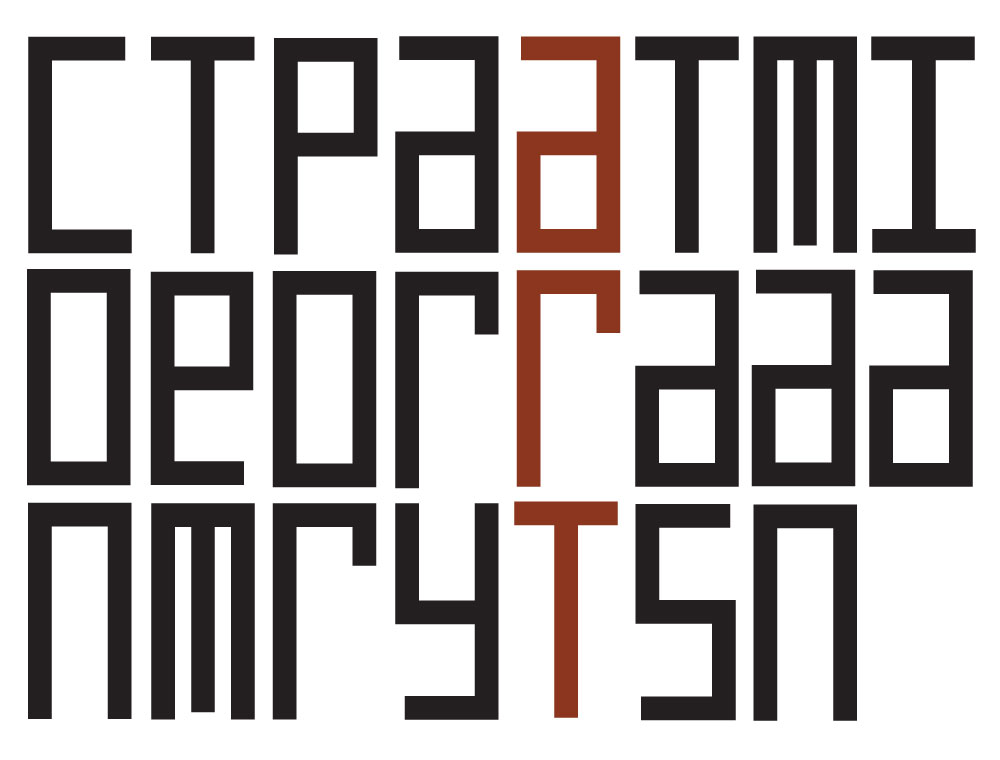23 hours while one hour drifted in 1974: a response to The Lost Hour by Diana Baker Smith
Counter: 00.00
I entered the gallery to a blend of sound. A voice sat above a rhythmic pulse. While another sound presented a trance like wave summoning me to venture behind a wall. A sweeping motion of sound dreaming between the voice and a racing pulse. I felt drawn toward a large visual obscured in part. The drifting sound insinuated a sight to view in its entirety. I thought, as I edged away from the transitory spell, that this would be a final move in the gallery and not my first. I noticed text on the wall, The drama of hands. Eventually I glimpsed something cinema like, a projection of light, a large visual. A body part became apparent, a hand moving at the perimeter of the projection.
The voice drew me from the hand. I passed by open space and a blue wall with a framed picture. A graphic made up of the colours yellow, white, red, and blue, and with text in red, The One Hour Concert, smaller text beneath in blue across white. A title and an instruction informing tasks yet to be completed for the occasion. This was front facing upon entering the space. Another blue wall, I’d call it a gallery wall, installed for the purpose of an exhibit and upon it I read in white text, Backwards turning.
I took a seat on one of two cubes available facing a TV upon a wall. Further intrigue followed as I viewed events unfolding upon the screen. Someone wheeled a tray along a corridor, and the voice talked of an artist and archives. The subject was a performer and a missing box of archival material. Fortuitously or not the missing box was but a slight turn, before the articles of a remaining box became the focus. The contents included ephemera and details relating specifically to performer and artist Philippa Cullen. And Diana Baker Smith was the voice and person on camera investigating material from the archive. This eventually led to the discovery of a 24-hour concert staged in 1974.
A performance preserved in an almost spectral grain of aged film played out on the screen. Bodies moved in strange, contorted ways, or a channeling from beyond feel as their bodies hinted at a staccato movement in a room. The 24-hour concert performance took place across locations.
Clocks wound forward to increase light, disappeared an hour in the proposed 24-hour performance. Daylight savings presented a slip out of time.
Philippa Cullen was made aware of the hour, and a further performance planned but she died before the lost hour could be recovered.
I turned to my right and a photograph on the wall of hands holding a photograph of hands holding a photograph of two figures in a photograph. I considered the idea of events looping challenging the notion of time, or the impression that something is in waiting. Something left behind of choice or the consequence of an end that came as endings so often do, without conclusion between idea and movement.
Instructions preserved for a performance to happen. On the TV screen, steps were followed and shadows tracked in locations specified. Diana Baker Smith transported ideas.
The interruption of process, and the remains that linked an artist to restaging a lost hour’s performance. A discovery that connected past artistic exploration of movement with new work. Would new memories of space acquire past knowledge as they too passed inevitably into a distant focus of eventual deterioration? Could places that once served as setting be read while navigating a course through vestiges considered? Movement lined by a recreation of movement past. Less than flickers of time spent in rooms may remain, shadows disappear within a pulse of light, but ideas might engage a different appearance.
Are our bodies connected or laid to wilt upon unfounded thoughts? Or able to present moments that might preserve traces of which become otherwise diminishing passages to ideas. And if successful, exposure in time, restaging as conservation, time permitting further inclusion, hands holding a photograph of hands holding a photograph of two figures in a photograph, we begin looping and creating opportunities for re-visiting past visitors.
Activities performed as instructed or as text on the wall states. Activities already defined as performance.
The lost hour is recaptured and restaged, The drama of hands.
I arrived at the large projection on the wall. I sat and the screen turned black, a digital counter appeared on screen: 0:00. Image merged with the drifting sound enticing contemplation. Initially Diana Baker Smith conversed and watched the performer while they commenced, dressed in a blue bodysuit and white sneakers. Instructions in awkward spaces.
My attention taken by the movement of hands. Fingers tapped out on a surface and hands seemingly prepared incantations summoning a trace, medium-like, signals. Body movements shaped at times over or in furniture, by a window, a curtain, and fabric neat and folded on a table. Clothes draped over headless shapes. A line of elegantly dressed headless mannequins. A still measure of what once moved in a room.
At times waiting, perplexed. Movement within the space continued as if the body in blue had arrived at this point from a lost hour or emerged from an idea that at times required to be reconsidered. A place of time miscalculated. This was a place from 1974, a building that an hour belonged to. A space once housing a performance, a building found, and the lost hour restaged within what has now become a place of seamsters.
Counter: 60:00
Adam Rowell is a Hobart based writer, musician and visual artist. Rowell recently self-published a collection of short stories, titled, Nowhere Place and a novella titled, The Remains of Real Life.
Find more work by Adam Rowell through @silentink_press
